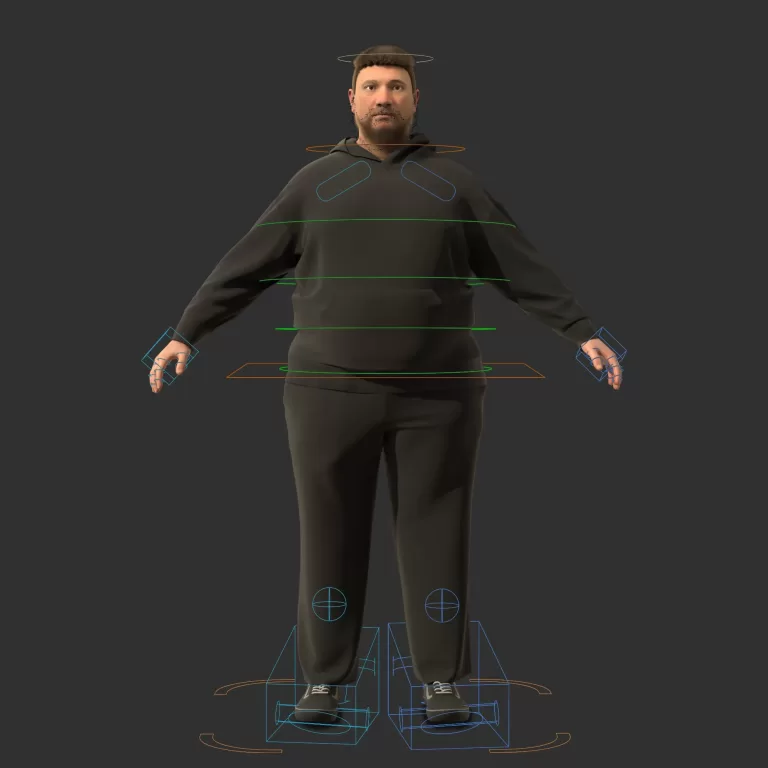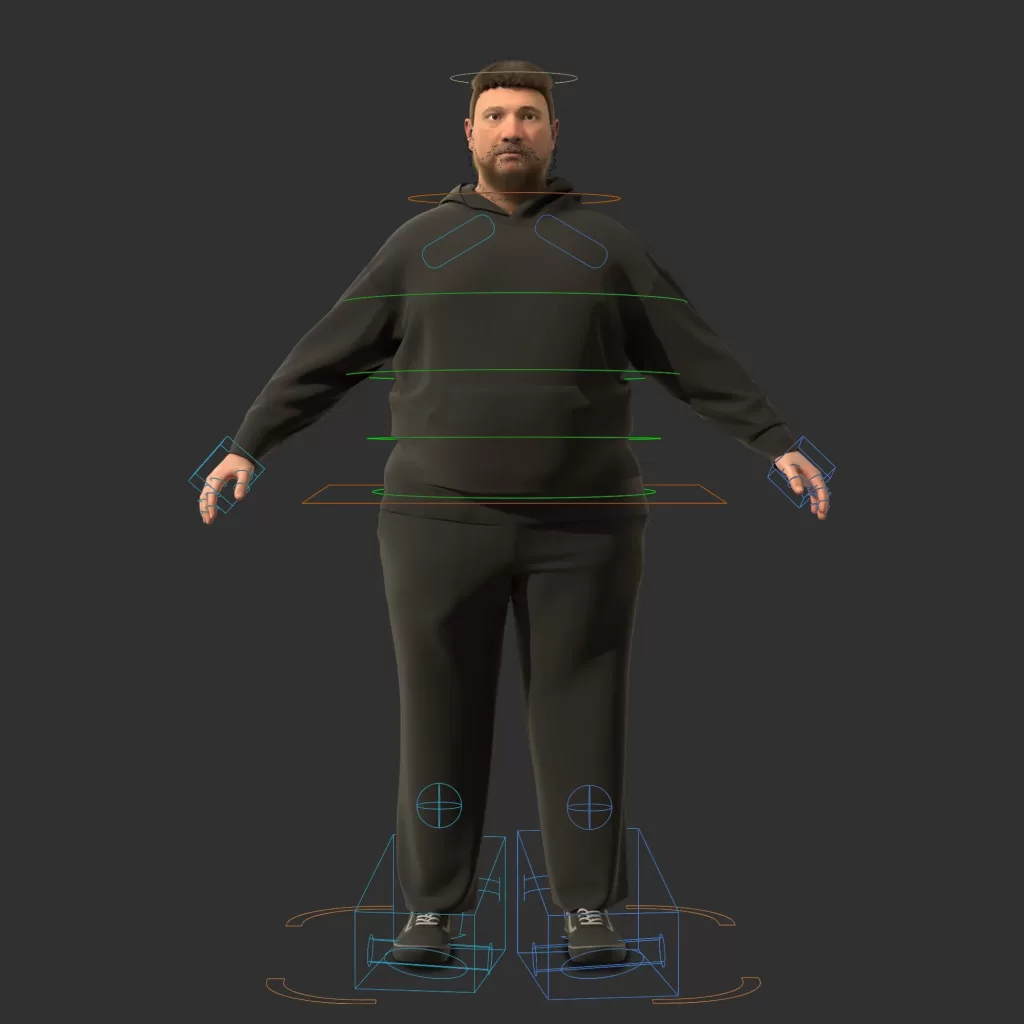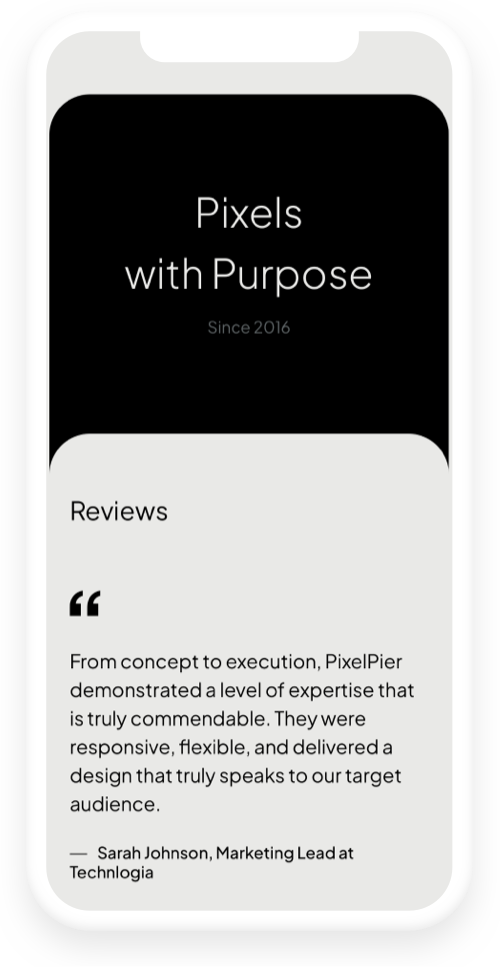In recent years, artificial intelligence (AI) has revolutionized various industries, enabling organizations to harness data in novel ways. Among the most significant applications of AI is predictive forecasting, where AI algorithms analyze historical data to identify patterns and make predictions about future trends. This article delves into the advancements in AI, the role of predictive forecasting, and how innovations from companies like LumenVox are shaping the landscape.
.
**Understanding AI Advancements**
AI has evolved dramatically over the past decade. Traditional machine learning algorithms have transitioned into sophisticated models capable of deep learning, natural language processing, and real-time data analysis. These advancements allow AI systems to process vast amounts of information quickly and accurately, making them invaluable for decision-making across numerous sectors.
.
According to a report by McKinsey, the adoption of AI technologies could contribute an additional $13 trillion to the global economy by 2030. This potential for economic impact is driving various industries to invest in AI solutions, particularly in fields such as finance, healthcare, and manufacturing.
.
**AI in Predictive Forecasting: A Game Changer for Businesses**
Predictive forecasting uses statistical algorithms and machine learning techniques to identify the likelihood of future outcomes based on historical data. Businesses utilize these forecasts for demand planning, inventory management, financial forecasting, and risk assessment, among other applications. AI, with its capacity for processing large datasets and deriving insights, enhances the accuracy and reliability of these predictions.
.
A notable sector that benefits from predictive forecasting is retail. Retailers employ AI-driven models to predict consumer preferences, optimize pricing strategies, and manage supply chain logistics. For instance, Walmart leverages AI to forecast inventory levels, ensuring that products are available when consumers demand them. This not only increases customer satisfaction but also minimizes excess inventory costs.
.
**The Role of LumenVox in AI Advancements**
LumenVox is a prominent player in the AI field, particularly known for its speech recognition and voice biometrics technologies. As AI continues to evolve, LumenVox has focused on integrating advanced machine learning algorithms into its platforms, enhancing voice interaction capabilities for customers. With a strong emphasis on security and user experience, LumenVox develops cutting-edge solutions that are beneficial across various applications, including customer service, authentication processes, and more.
.
One of the most significant innovations by LumenVox is its application of AI in voice recognition. By leveraging AI algorithms, LumenVox can improve the accuracy of speech recognition, allowing businesses to better engage with customers through automated voice systems. This level of interaction not only optimizes customer service but also adds a layer of efficiency, allowing companies to analyze interactions and gather insights that can inform predictive models.
.
**The Intersection of AI and LumenVox in Predictive Forecasting**
LumenVox’s contributions extend beyond voice recognition; they play a critical role in predictive forecasting, particularly for businesses that rely on customer interactions. By analyzing voice data and customer feedback, LumenVox’s AI-driven solutions help organizations identify trends and patterns in consumer behavior.
.
For instance, companies can utilize speech analytics provided by LumenVox to gain insights into customer sentiments during interactions. This data can be fed into predictive forecasting models to anticipate changes in consumer preferences, enabling businesses to adapt their strategies accordingly. This intersection of voice technology and predictive analytics allows organizations to stay ahead of market trends, improving overall performance and customer satisfaction.
.
**Trends in AI and Predictive Forecasting**
The integration of AI into predictive forecasting is not merely a trend but a substantial shift that companies must embrace to remain competitive. As industries continue to evolve, several key trends are emerging in AI and predictive forecasting:
1. **Integration of AI with IoT**: The proliferation of Internet of Things (IoT) devices generates massive volumes of data that can be harnessed for predictive analytics. By integrating AI with IoT, organizations can receive real-time data and apply predictive algorithms to make immediate business decisions.
2. **Enhanced Natural Language Processing (NLP)**: Innovations in NLP enable AI systems to understand and interpret human language more effectively. This capability enhances customer interaction, allowing businesses to tailor their communications based on predictive insights gathered from customer dialogues.
3. **Automated Machine Learning (AutoML)**: AutoML is simplifying the application of machine learning in predictive forecasting. It automates the process of model selection and tuning, enabling organizations with limited data science expertise to leverage advanced forecasting techniques.
4. **Ethical AI Practices**: As reliance on AI grows, so does the emphasis on ethical considerations. Organizations are increasingly adopting ethical frameworks for AI development to ensure fairness, transparency, and accountability in predictive modeling.
.
**Solutions for Effective Predictive Forecasting**
To effectively leverage AI advancements in predictive forecasting, organizations should consider the following solutions:
– **Invest in Advanced Analytics Tools**: Utilizing AI-powered tools can enhance the ability to process and analyze large datasets, ensuring that businesses can derive actionable insights efficiently.
– **Adopt a Data-Driven Culture**: Encouraging a culture that prioritizes data and analytics across all levels of the organization can lead to better-informed decision-making.
– **Train Employees in AI Technologies**: Providing training and development opportunities focused on AI and predictive analytics can empower teams to utilize these technologies effectively.
– **Collaborate with AI Experts**: Partnering with companies like LumenVox or other AI solution providers can offer organizations access to cutting-edge technology and industry insights that foster innovation.
.
**Conclusion: The Future of AI and Predictive Forecasting**
AI advancements are undoubtedly transforming the landscape of predictive forecasting. As businesses continue to embrace these technologies, the ability to analyze complex datasets and derive meaningful predictions will drive strategic decision-making and enhance operational efficiency.
.
With companies like LumenVox leading the charge in integrating AI into voice recognition and analytics, organizations stand to gain substantial insights into customer behavior that can inform their future strategies. As we move forward, the synergy between AI and predictive forecasting will empower businesses to navigate challenges, seize opportunities, and ultimately thrive in an increasingly data-driven world.
.
**Sources:**
1. McKinsey & Company. (2020). “The State of AI in 2020.”
2. LumenVox. (2023). “Innovative Technologies in AI and Voice Recognition.”
3. Deloitte. (2021). “The Future of Retail: How AI and Analytics are Transforming the Industry.”
4. Gartner. (2022). “Top 10 Trends in AI and Machine Learning.”
5. Forrester Research. (2023). “The Business Impact of Predictive Analytics.”



























